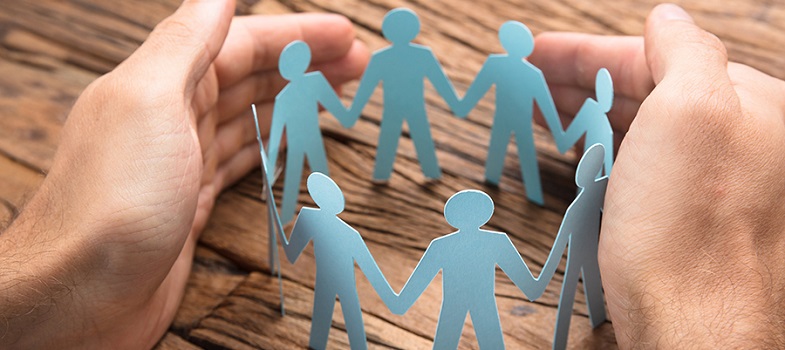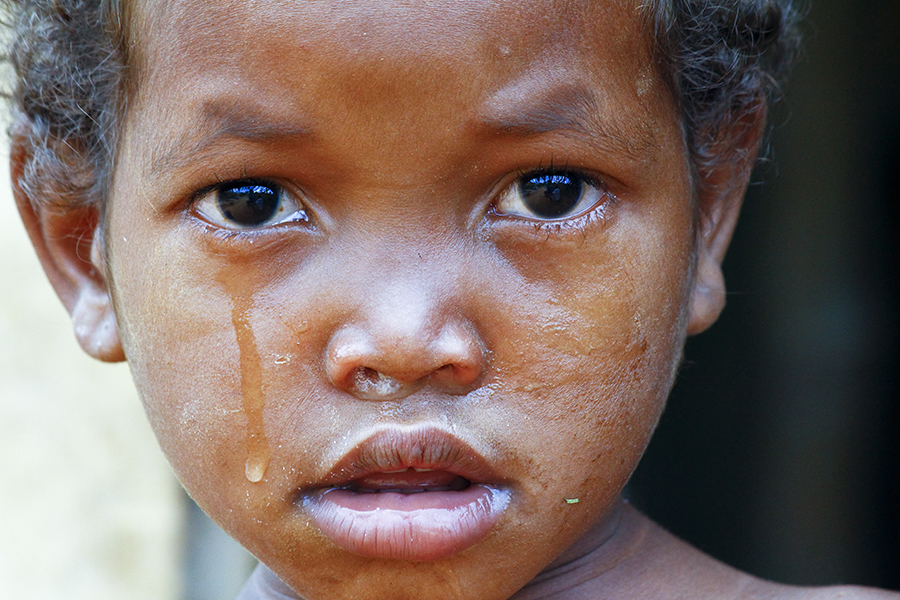Unit 3: Prevention
3.10 How to safely use images and the personal data of beneficiaries
Children, vulnerable adults and staff can still be harmed when their personal information and images are taken and used without their explicit informed consent.
This exercise introduces you to the importance of safeguarding the dignity, respect and the right to confidentiality of people your organisation works with and consequences of shame and stigma that may result.
|
Activity 3.11 Case Study Now we return to the fictional case study that we were discussing earlier in section 3.2 and consider the second part of it. The fundraising team of Organisation X has engaged a freelance photographer to take some photographs of children and collect some personal information. Your web designer uploads this photo on social media with a caption below it. [Note: This is a fictional case study, and the image below has only been presented in order to illustrate poor practice]
This is Aisha Ahmed – her mother has just died of HIV, and she’s now orphaned. She was nearly recruited by armed rebels in town A in country X where she lives. She likes to attend St. Mary’s childcare. Help Aisha to stay in school by donating as little as $5 today. We at Organisation X need your support. Click here now! Consider the questions below and then read the examples that follows:
Development and humanitarian organisations have long struggled with how not to stereotype or sensationalise images of their beneficiaries. There are examples of good practice and lots of resources to look at. Example of good practice Development organisations in Ireland have committed to the Dorcas Code of Conduct on Images and Messages to ensure they avoid stereotypical or sensational images. The adoption of the Code means that aid agencies will choose images and messages that represent the full complexity of the situations in which they work, and that they will seek the permission of the people portrayed in the photos they use. What this means is that children and vulnerable adults need be fully informed of:
If there are any risks in doing so, then using a risk assessment, we have a duty to put in place mitigation measures to reduce any risk of harm. |
![]()
Want to find out more?
If you would like to find out more, follow the links below:
- The People in the Pictures, Save the Children research (2017).
- Informed Consent: Why conversations are so crucial (2019).
- Comic Relief stops sending celebrities to African Countries (2020).
- The UK Fundraising Code clearly states that organisations should not use emotive language or bombard the public with distressing images when eliciting funds (Standard 9).
- Bond: Putting the people in the pictures first

